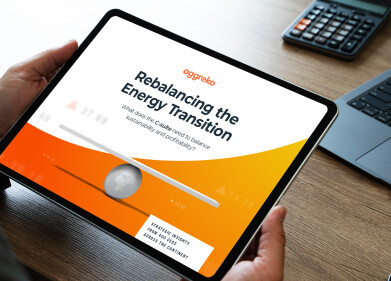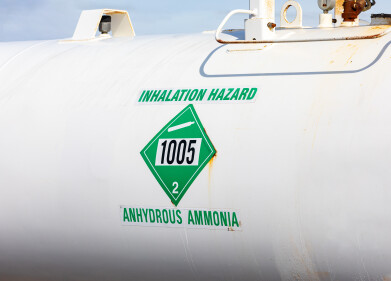Fuel for thought
Enhanced Oil Recovery Explained
Sep 25 2015
The world is well aware of the fact that oil is not a renewable resource, yet it is universally acknowledged that there is still plenty to be harvested. Sure, some companies are focusing on making the switch to eco-friendly sources of energy though for the cash hungry oil magnates out there, concentrating on tracking down new drilling locations is at the top of the agenda. Cue the concept of enhanced oil recovery. The practice is considered an umbrella term within the industry and essentially refers to a myriad of techniques used to optimise a site’s oil output, sometimes by as much as 50%.
How does it work?
Enhanced oil recovery can essentially be broken down into four major categories - microbial, thermal, chemical and gas injection.
Microbial sends genetically engineered microorganisms deep underground where they metabolise to generate biomass and carbon dioxide gas. This then displaces oil and forces it towards the surface. The byproducts also plug holes to minimise viscosity and quicken flow.
The thermal technique sees steam injected into wells to heat the oil and make it less viscous, thus enhancing flow. Today, some companies use solar power to heat the water in order to maximise oil production.
Both the chemical and gas techniques are similar and see the substances injected into wells. When a duo of pipes run from the surface into an oil reserve carbon dioxide and nitrogen can be pumped through one which simultaneously forces oil up through its counterpart. Chemicals are also pumped down into oil sources to lower the surface tension which helps liquid flow more easily through the reservoir.
An imperfect practice
While enhanced oil recovery can be an incredibly effective venture the reality is that the process is a last resort. Generally, rigs will only employ the technique when almost all available oil has been harvested.
Another issue is the cost associated with the practice. While thermal and gas injection are more economical than the expenses of purchasing chemicals, all require an additional investment that may not be offset by the amount of extra oil that’s harvested.
Enhanced oil recovery comes into play at the end of a well’s life, but what about the beginning? In ‘Mud Logging Contractor’s Flare Gas Emissions Monitoring Requirements are Met with Help from Thermal Mass Flow Meter’ readers are introduced to how the surface logging process plays a critical role in helping engineers determine the correct drilling direction and depth when first commissioning a new well.
Digital Edition
PIN 25.6 Buyers' Guide
January 2025
Buyers' Guide Directory - Product Listings by Category - Suppliers Listings (A-Z) Articles Analytical Instrumentation - ASTM D7042: The Quantum Leap in Viscosity Testing Technology -...
View all digital editions
Events
Jan 20 2025 San Diego, CA, USA
Jan 22 2025 Tokyo, Japan
Jan 25 2025 San Diego, CA, USA
SPE Hydraulic Fracturing Technology Conference and Exhibition
Feb 04 2025 The Woodlands, TX, USA
Feb 05 2025 Guangzhou, China



















